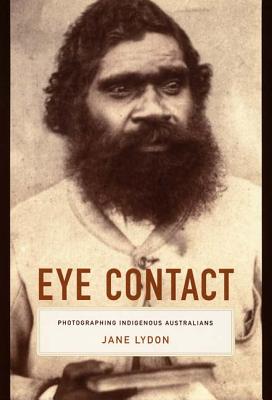
Eye Contact: Photographing Indigenous Australians (Objects/Histories)
Description
An indigenous reservation in the colony of Victoria, Australia, the Coranderrk Aboriginal Station was a major site of cross-cultural contact the mid-nineteenth century and early twentieth. Coranderrk was located just outside Melbourne, and from its opening in the 1860s the colonial government commissioned many photographs of its Aboriginal residents. The photographs taken at Coranderrk Station circulated across the western world; they were mounted in exhibition displays and classified among other ethnographic "data" within museum collections. The immense Coranderrk photographic archive is the subject of this detailed, richly illustrated examination of the role of visual imagery in the colonial project. Offering close readings of the photographs in the context of Australian history and nineteenth- and early-twentieth-century photographic practice, Jane Lydon reveals how western society came to understand Aboriginal people through these images. At the same time, she demonstrates that the photos were not solely a tool of colonial exploitation. The residents of Coranderrk had a sophisticated understanding of how they were portrayed, and they became adept at manipulating their representations.
Lydon shows how the photographic portrayals of the Aboriginal residents of Coranderrk changed over time, reflecting various ideas of the colonial mission-from humanitarianism to control to assimilation. In the early twentieth century, the images were used on stereotypical postcards circulated among the white population, showing what appeared to be compliant, transformed Aboriginal subjects. The station closed in 1924 and disappeared from public view until it was rediscovered by scholars years later. Aboriginal Australians purchased the station in 1998, and, as Lydon describes, today they are using the Coranderrk photographic archive in new ways, to identify family members and tell stories of their own.
